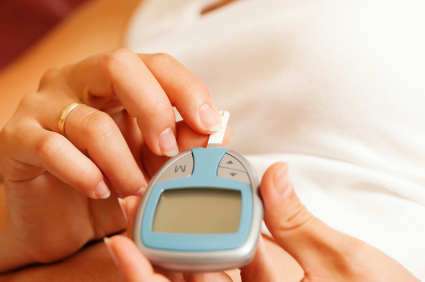Oral Hypoglycemic Agents
Oral Hypoglycemic Agents
Oral hypoglycemic agents are usually required in managing people with Type II diabetes, when diet and exercise alone fail to optimize the blood glucose levels. However, if the patient is very symptomatic, or if the blood glucose values are very high ( fasting levels around 250mg% or more), OHAs, alone or in combination with insulin, should be started along with diet and exercise from the start. Later when the blood glucose levels are under control, efforts can be made to reduce the OHA and/or insulin doses and see if the patient can be maintained with diet and exercise alone.
Patient age was calculated as of the date of the index prescription fill. Duration of prescribed therapy was defined as the number of days between a patient’s first and last prescription fill dates within the study time frame. Because patients in the final cohort had different lengths of follow-up, defined as time between the initial OHA prescription and the end of the study period, all analyses were stratified by length of follow-up (14–18, 18–23, and >24 months). In addition, utilization parameters were assessed for the entire cohort for the 12 months following the index study prescription.
The drug utilization parameters evaluated included compliance, persistence, discontinuation, concomitance, switching, and titration. Compliance and persistence for OHAs were calculated based on “days’ supply,” defined as the number of days the dispensed drug supply should last based on prescriber dosing instructions and the number of pills dispensed. Compliance was measured as the sum of the days’ supply of a patient’s prescriptions dispensed from the index prescription date to the last fill date (excluding the days’ supply dispensed at the last fill) divided by the patient’s duration of therapy. Compliance was calculated for subjects with at least two fills of the index OHA. Persistence (yes/no) was based on patient refill behavior to support at least 1 day’s supply of the index OHA at any time during the nth month post–index date with a 30-day window. Discontinuation was characterized as patients ending therapy on the index OHA and not receiving a fill within x days of supply exhaustion of an OHA prescription, where equals 150% of the days’ supply of the last fill.
Concomitance, or addition of another OHA, was defined as starting a nonindex medication while obtaining a refill for the index drug within a specified window (index drug fill date + 2.5 × [days’ supply of index drug fill]). Agent switching among OHAs was defined as starting a different drug 30 days after the date of index fill while not obtaining a refill for the index drug within 2.5 × [days’ supply of the previous index drug fill] from the index fill date. Upward and downward titration rates were calculated for all agents of interest, using thresholds based on dosage changes between two successive fills that were clinically relevant, defined as any valid combination of medication strengths consistent with dosing approved for that agent . Definitions for utilization parameters used in the present study are similar to those found in the published literature for similar database studies .
The same drug and same dose (SDSD) metric represented patients who did not discontinue therapy, switch from the initial agent, add concomitant therapy in the first 12 months of therapy, or have a gap of >15 days between fills. This analysis was performed for selected agents. Secondary failure was defined as a patient adding one or more concomitant OHAs and/or switching from the initial OHA to a different agent . Finally, therapy change was defined as a combined utilization metric that included therapy augmentation, dosage adjustments (up or down), or switching to another OHA.


